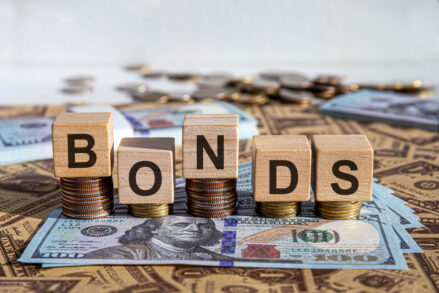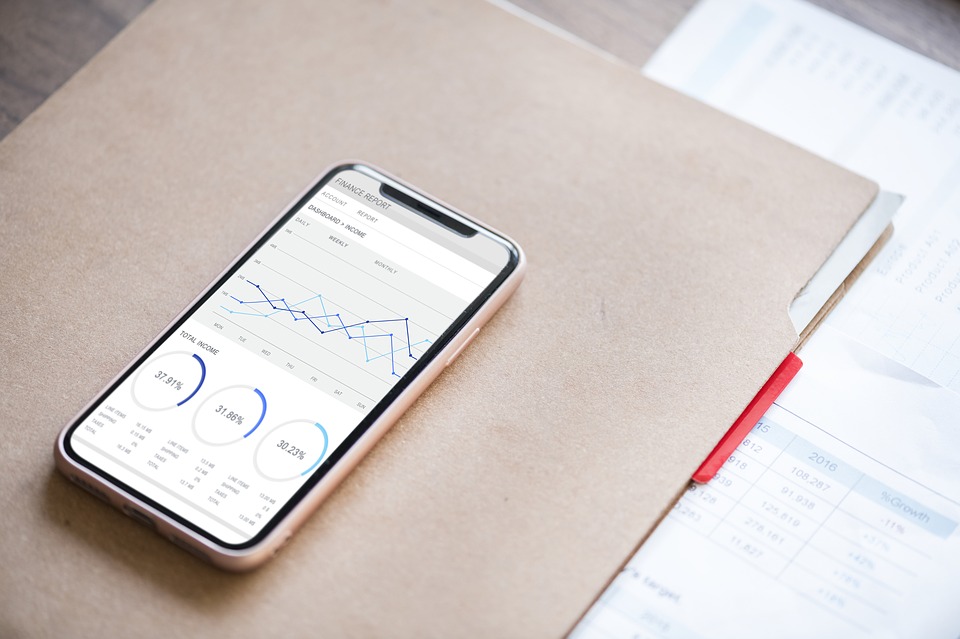What exactly is the “GDP level” and why is it frequently mentioned in the news, government meetings, and investment reports? Essentially, it answers a straightforward question: what is the current scale of our economy?
The rate of GDP change is the primary tool for assessing a country’s economy. GDP can be expressed either in the national currency or, for comparison purposes, in US dollars.
Why is knowing the GDP level important? It provides a “scale grid” for all other indicators: the share of government spending and tax revenues, debt burden, investment activity, and foreign trade. Businesses use it to evaluate market capacity and plan sales; governments use it to calibrate budgets and monetary policy; investors use it to understand the position in the economic cycle. However, GDP is not a happiness meter: it poorly captures income distribution, environmental quality, and informal employment, so it should always be interpreted alongside other metrics.
What do “gross” and “domestic” mean?
“Gross” means GDP measures all production regardless of its purpose. Production can be for immediate consumption, investment in new fixed assets, or replacement of depreciated fixed assets.
“Domestic” means GDP measures production within the borders of a single country.
Types of GDP
There are several types of GDP:
- Nominal GDP. Calculated at current prices and does not account for inflation.
- Real GDP. Nominal GDP adjusted for inflation. This is the measure used to assess actual economic growth.
- GDP per capita based on purchasing power parity (PPP). Simplified, this is the value of all goods and services produced by the country’s residents expressed in US dollars, divided by the total population. GDP per capita by PPP better reflects the country’s economic situation than nominal GDP.
What makes up GDP?
The structure of any country’s GDP consists of goods, both tangible and intangible (services), produced within that country over a year for the final consumer. This includes the total value of manufactured cars or machinery, baked bread, rolls and pastries, university lectures delivered, and medical treatments provided in clinics.
How is GDP calculated?
There are many ways to measure GDP. Currently, two main calculation principles are used:
- Income approach – summing the value of produced goods and services;
- Expenditure approach – summing all expenditures made during the year.
When calculated correctly, both sums should be approximately equal.
Why is the GDP level important for a Forex trader?
Currency analysts focus not on the absolute GDP level but on its growth rate, expressed as a percentage compared to the previous quarter or year. Growth indicates economic stability and usually implies a strengthening national currency. Conversely, a GDP decline signals economic problems and typically leads to currency depreciation. Moreover, GDP growth or weakness influences central bank policy expectations, affects bond yields, and consequently impacts currency exchange rates.












